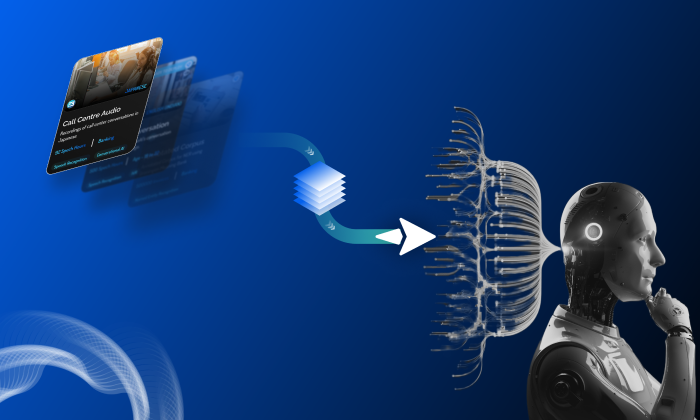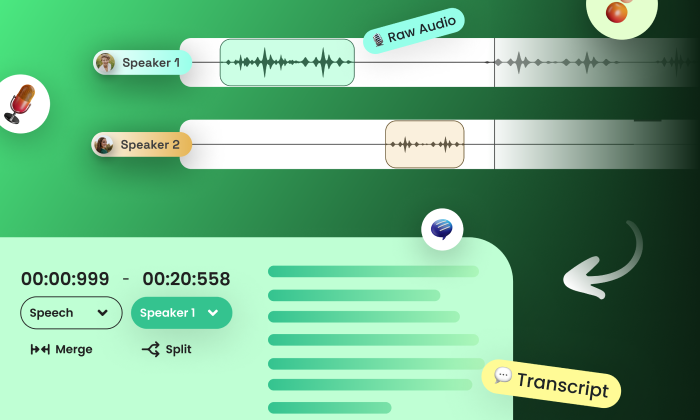What is prosody in speech, and why is it important in voice cloning data?
Prosody
Voice Cloning
Speech AI
Prosody, the rhythm, stress, and intonation of speech, gives words their musical quality, allowing us to express emotions and emphasize messages. It encompasses elements like pitch, loudness, tempo, and duration, playing a pivotal role in how we understand spoken language. In voice cloning, accurately capturing prosody is essential for creating natural-sounding and engaging synthetic voices.
The Role of Prosody in Voice Cloning
- Naturalness and Authenticity: Prosody is key to making synthetic voices sound human-like. Virtual assistants like Amazon Alexa and Google Assistant use prosody to improve user interaction, making them feel more relatable and engaging.
- Emotional Expression: Prosody allows voice clones to convey emotions effectively, which is crucial in applications like gaming and storytelling. This emotional depth enhances user immersion and connection with the content.
- Contextual Clarity: How something is said can be as important as what is said. Prosody aids in conveying nuances and intentions in conversations, which is particularly important for technical discussions and educational tools.
Capturing Prosody in Voice Cloning Data
- Diverse Recording Techniques: To capture a wide range of prosodic features, we employ various recording scenarios such as scripted, unscripted, emotional, and conversational. This diversity enriches datasets, allowing AI models to learn from multiple speech patterns.
- High-Quality Recording Conditions: Ensuring recordings are made in professional studios with industry-standard equipment (e.g., 48kHz sample rate, 24-bit depth) minimizes noise and captures subtle prosodic variations accurately.
- Annotation and Quality Assurance: Properly annotating prosodic features like pitch and stress patterns is crucial. Speech annotation processes ensure recordings accurately represent intended prosodic qualities, preventing training biases in AI models.
Challenges and Considerations in Prosody Capture
Capturing prosody presents challenges, such as balancing speed and quality. Rushed recordings can miss prosodic nuances, while lengthy sessions might lead to speaker fatigue. It's essential to include varied emotional expressions in datasets to train robust voice cloning models effectively.
Unlocking Authenticity: The Critical Role of Prosody in Voice Cloning Technology
Prosody significantly impacts the effectiveness of voice cloning technologies. By prioritizing prosody in speech data collection and model training, teams can create authentic, emotionally resonant synthetic voices. As voice cloning technology evolves, understanding and capturing prosody will be crucial for achieving lifelike and engaging user experiences.
For companies aiming to enhance their voice cloning projects with high-quality prosodic data, FutureBeeAI offers comprehensive datasets tailored to your specific needs. Contact us to learn how we can support your project with precision and reliability.
Smart FAQs
Q. What are common applications of voice cloning that rely on prosody?
A. Voice cloning is used in virtual assistants, audiobooks, gaming, and text-to-speech datasets for individuals with impairments. Accurate prosody enhances engagement and understanding in these applications.
Q. How can teams ensure they capture diverse prosodic features in their datasets?
A. Teams can capture diverse features by using varied recording techniques, including different emotional contexts and conversational styles. Proper annotation of prosodic variations is also vital for effective model training.
What Else Do People Ask?
Related AI Articles
Browse Matching Datasets
Acquiring high-quality AI datasets has never been easier!!!
Get in touch with our AI data expert now!








